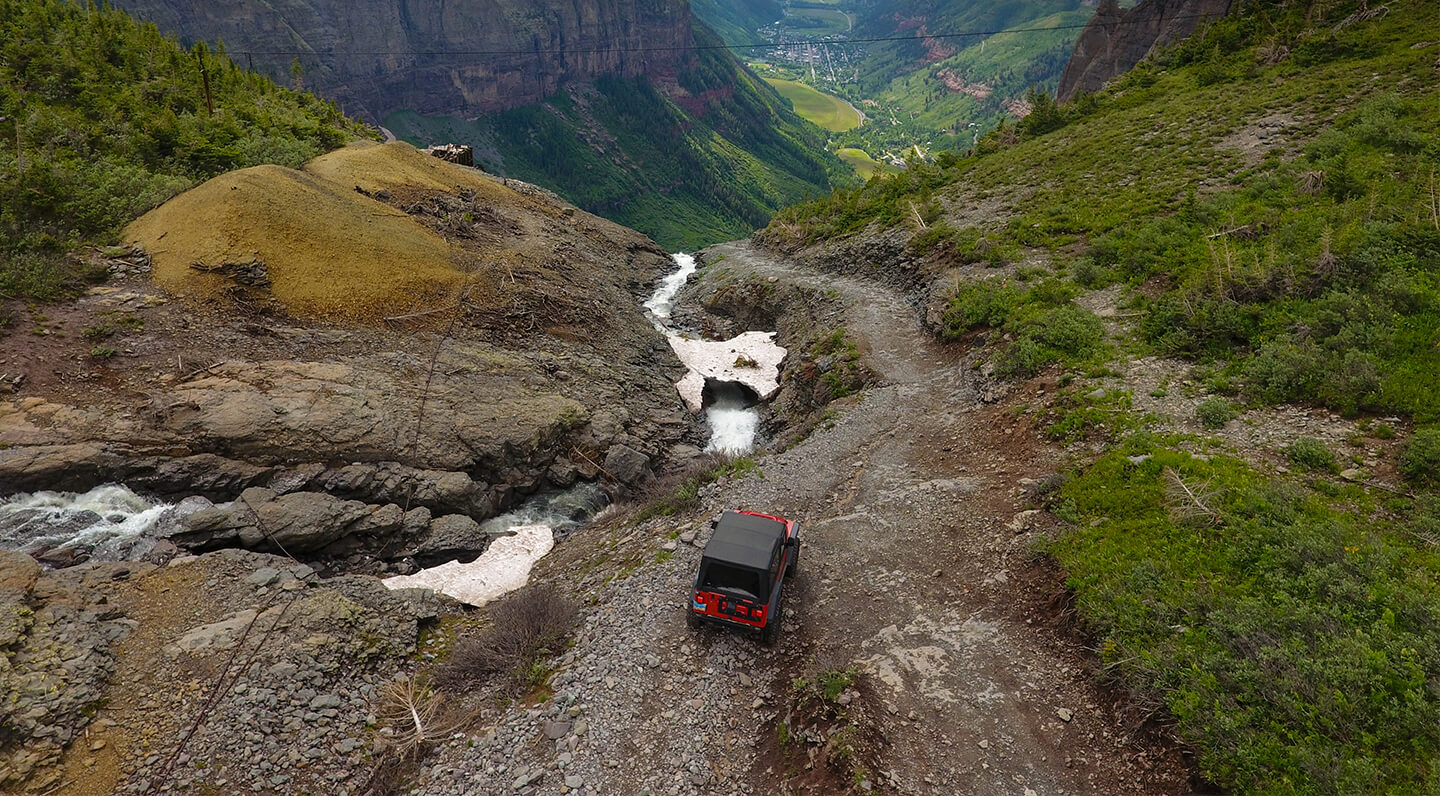
Everyone was new to off-roading at one point, no one was born behind the wheel of a rock buggy. And while some things might seem obvious, like not sticking your hand out if you are about to roll, when instincts kick in these habits are tough to break. Below are the ten most common mistakes we commonly see on the trail. Don’t feel bad, we have made plenty of them ourselves too. The hard way seems to be the only way we know how to learn, but you can take the bypass and learn from our mistakes instead of making them yourself. Look at it as an opportunity to put your skills to the test and learn something new. It might sound corny, but your attitude has a lot to do with how the situation gets resolved.
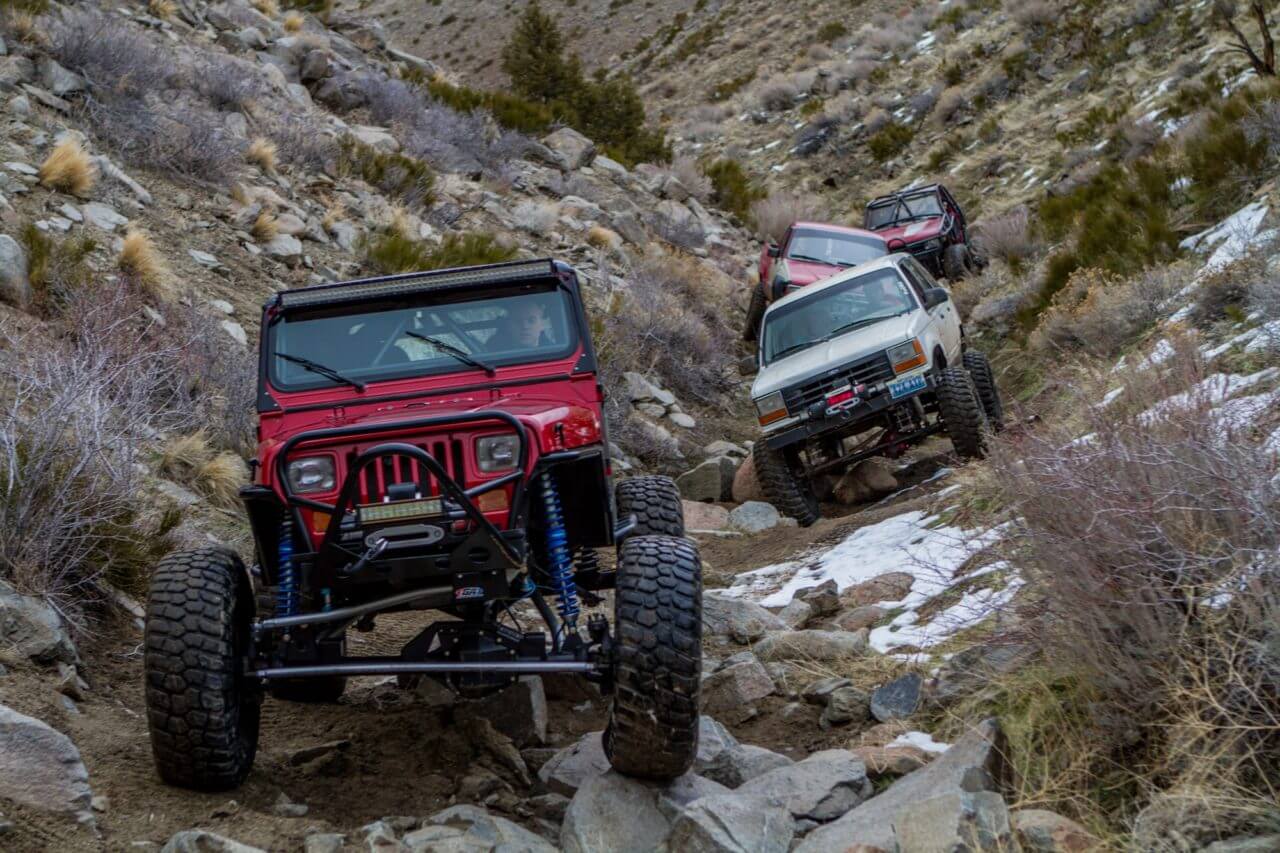
Trail time helps you to determine what you are capable of, and provides a better understanding what your rig is capable of. Like whether you can fit between those two tight trees on the trail without crumpling up a fender. Having friends along provides you with people to learn from, or at least capture a photo of your awesome escapades.
1- Join A Club
Joining a local off-road club is a great way to meet people that you can learn from. A large part of wheeling prowess is being comfortable in your vehicle, and most active clubs go wheeling together on at least a monthly basis. Start small and work your way up to harder trails as your comfort level increases. Your first trip doesn’t have to be on the Rubicon, and it doesn’t have to be a week-long trip, any time spent behind the wheel in the dirt helps to hone your skills and add to your experience.
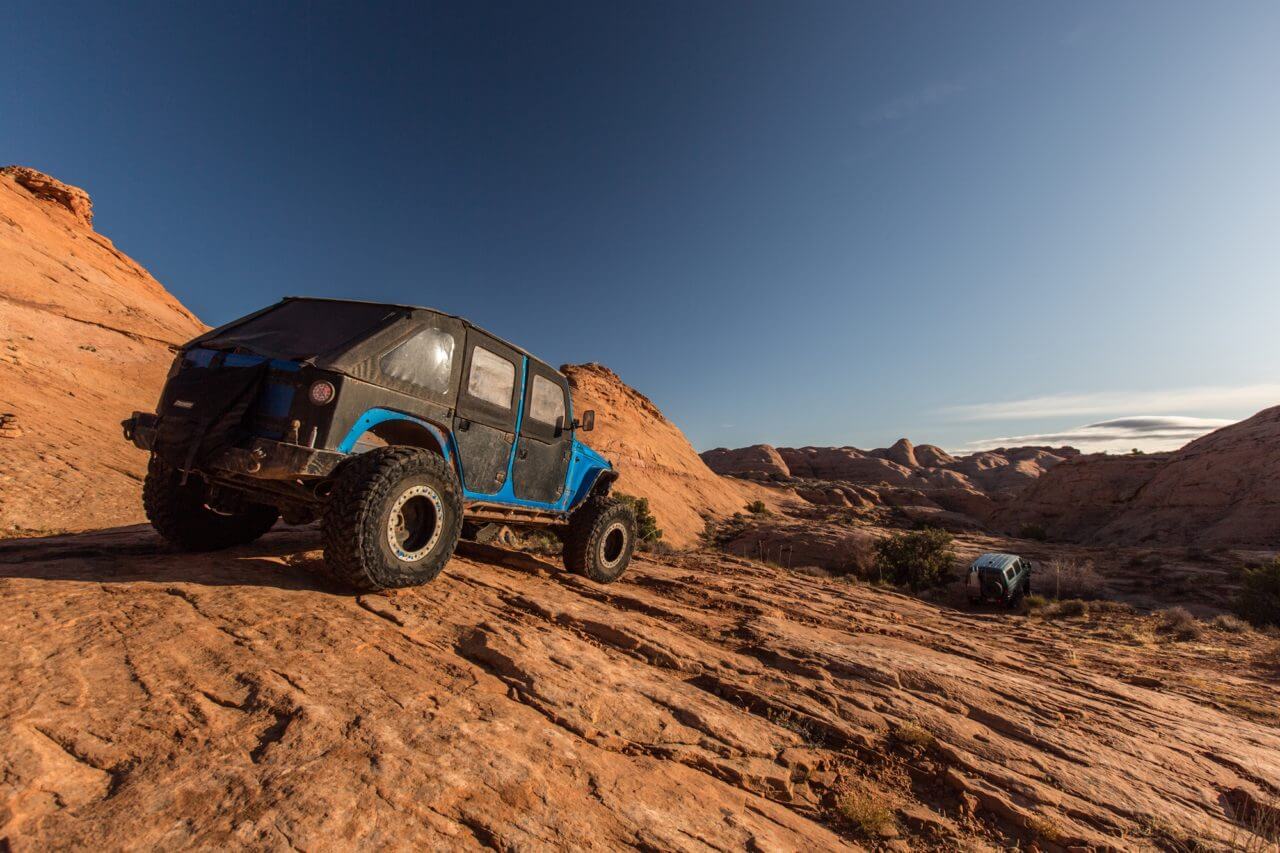
Always stay on designated trails and avoid running over any vegetation, particularly in the desert. While the desert may seem like a wasteland compared to the forest, plants in the desert environment are actually quite sensitive and can take years to recover from damage.
2- Leave It Better Than You Found It
A big part of the appeal of going off-road is visiting breathtaking places, like the Rubicon Trail or Moab. So, you wouldn’t want to damage those places, right? Follow Tread Lightly principals and stay on designated trails, pick up your trash, and even pick up other trash to leave the area you visit better than you found it. You want the next person who visits to have the same experience and opportunity that you had.
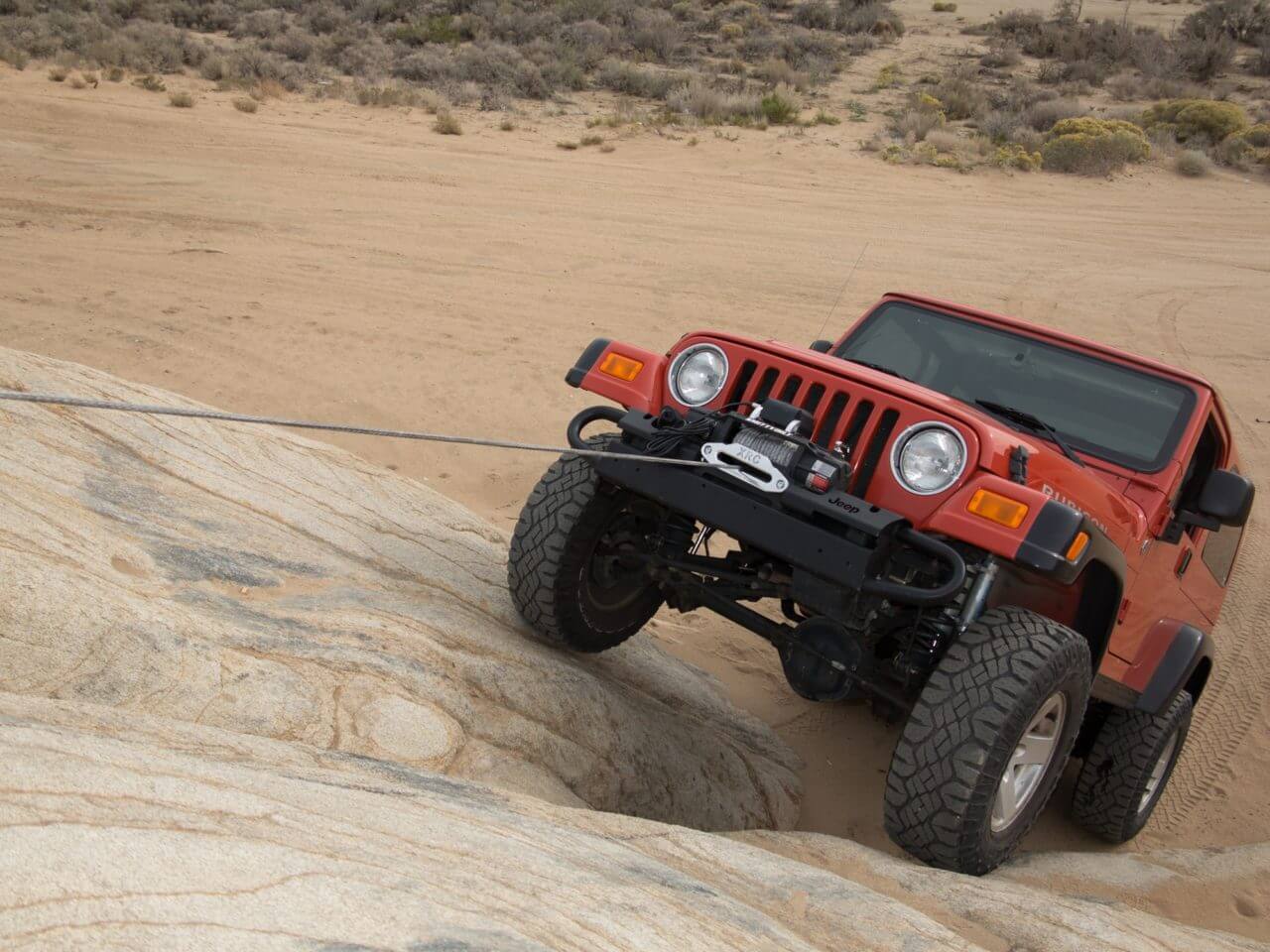
This is not the time you want to learn how to use your winch. Become familiar with all of your recovery gear in a safe environment so when you need it you are prepared. Also, remember to stay calm. Once you are stuck there is typically no need to rush, and making a rash, split second decision often results in expensive regrets once you are back to civilization and the adrenaline subsides.
3- Know How To Use Your Recovery Gear
We could write an entire story just on this subject alone. In fact, we have! (https://www.4wheelparts.com/the-dirt/our-six-pieces-of-must-have-recovery-gear/). A winch is a useful investment, but they are not cheap. Start building your recovery kit with a kinetic strap, shackles, traction boards, and a shovel. Test out all of your recovery gear before you need it. Make certain you have tow hooks front and rear, that your recovery gear is easy to access when you need it, and that your winch controller is in the vehicle and not at home in the garage.
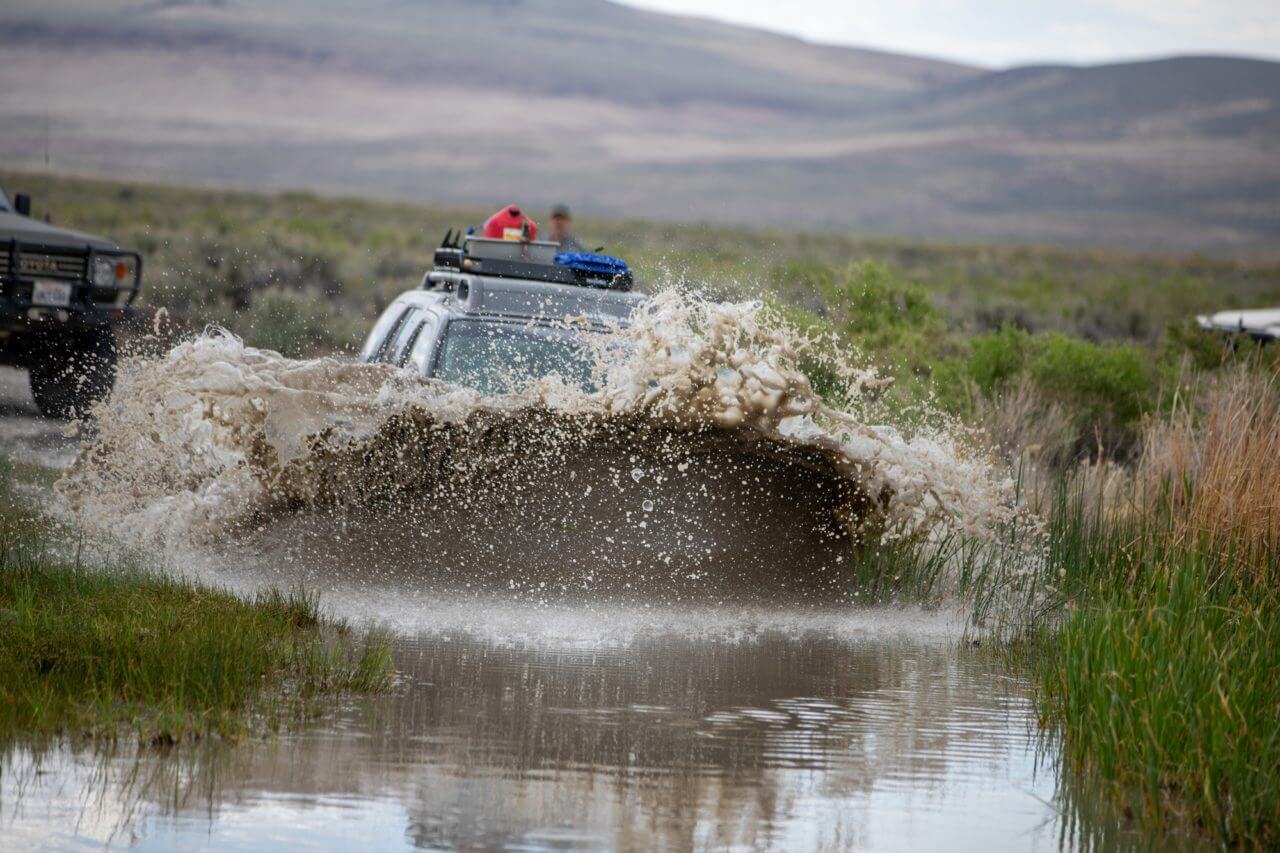
Surfaces like mud and water crossings provide minimal traction and are fairly forgiving as a result. If you tried to drive like this through the rocks you wouldn’t make it very far before scattering parts. While some situations require momentum, slow and steady should be the goal as you learn how much speed to carry through a variety of situations.
4- As Slow As Possible, As Fast As Necessary
Different types of terrain call for different driving styles. If you crawl along in the sand or mud you risk getting stuck, but if you throttle through the rocks it won’t be long before something breaks. In most situations there is little risk is choosing a low gear and creeping along as slow as possible. If you don’t make it you might need to carry more speed, but do this in small increments as you learn what your vehicle is capable of.
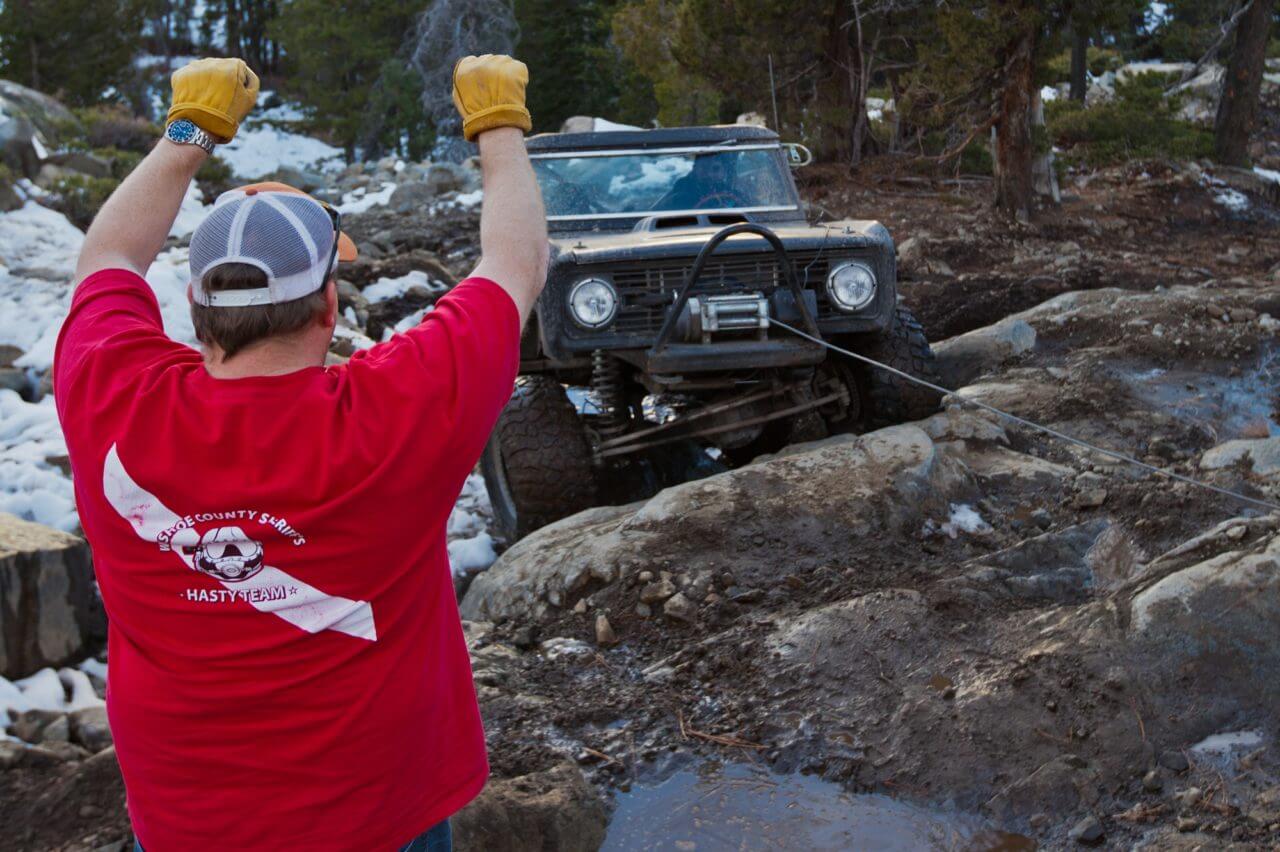
There is no shame in using a spotter on the trail. We recommend only using one spotter, as a multitude of people shouting out conflicting advice typically does more harm than good. We prefer hand signals to verbal commands, as there is less concern about hearing over engine noise or confusing right and left between the driver and spotter.
5- Use A Spotter You Trust
Check your ego at the door and ask for help before you need it. Even the most famous of off-road competitors have someone next to them to help them navigate through challenging terrain. You can see what the vehicle is doing much better from outside it, so choose someone you trust and listen to what they have to say. You can always return the favor and spot for them.
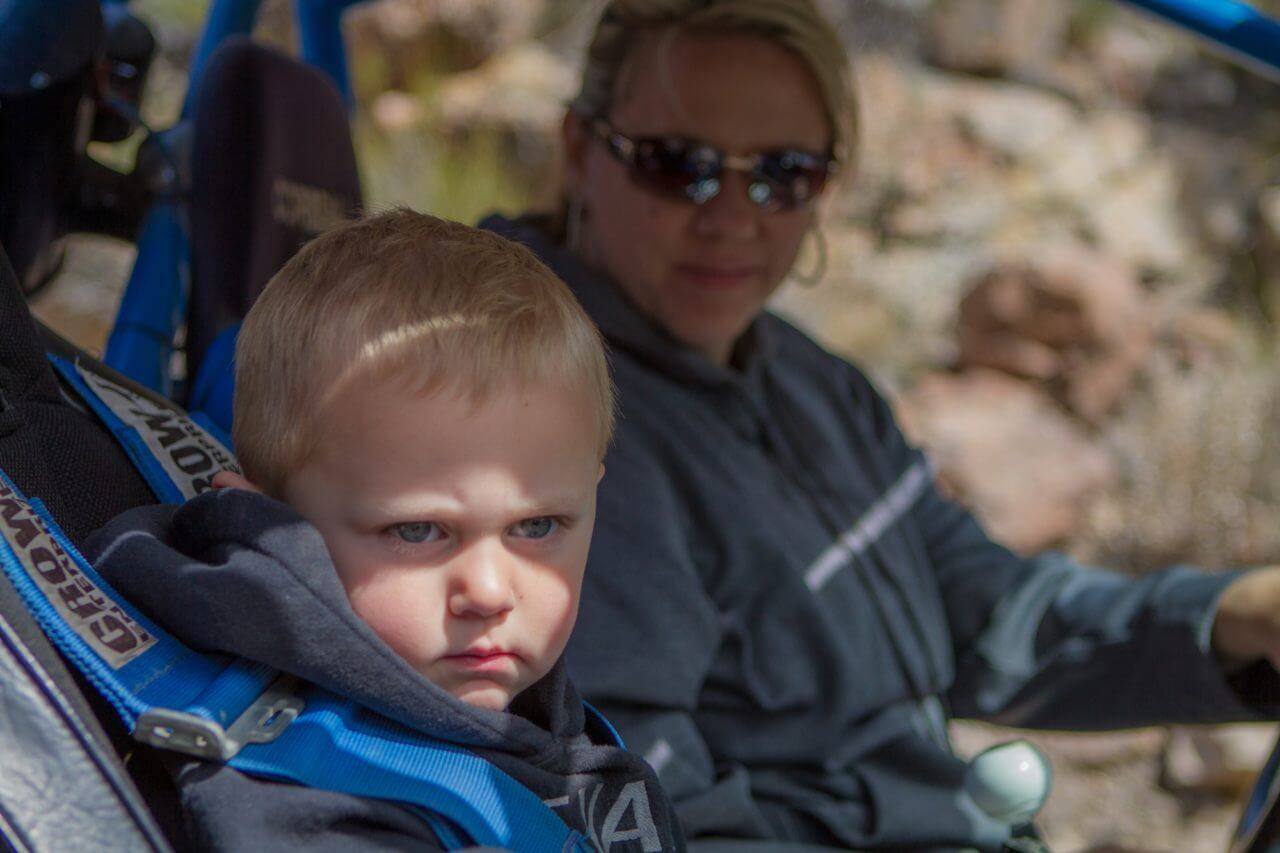
Sorry buddy, everyone in the vehicle needs to have belts to keep safe. If the factory belts are troublesome (some lock up when they are at an angle and do not want to feed out) consider adding harnesses like these for slow speed trail use that will hold you in place but still allow you to see out of your vehicle.
6- Everyone Needs A Seatbelt
This seems obvious, but we still see people on the trail without their seatbelts on. The excuses vary from “I was just moving forward a few feet” to “I can’t see with the seatbelt on”. You don’t necessarily need five-point harnesses, but you and all of your passengers should have seatbelts on and all limbs inside the vehicle anytime it is in motion. And never, ever let people stand up in the back of your rig while you are moving, unless you like paying for dental reconstruction.
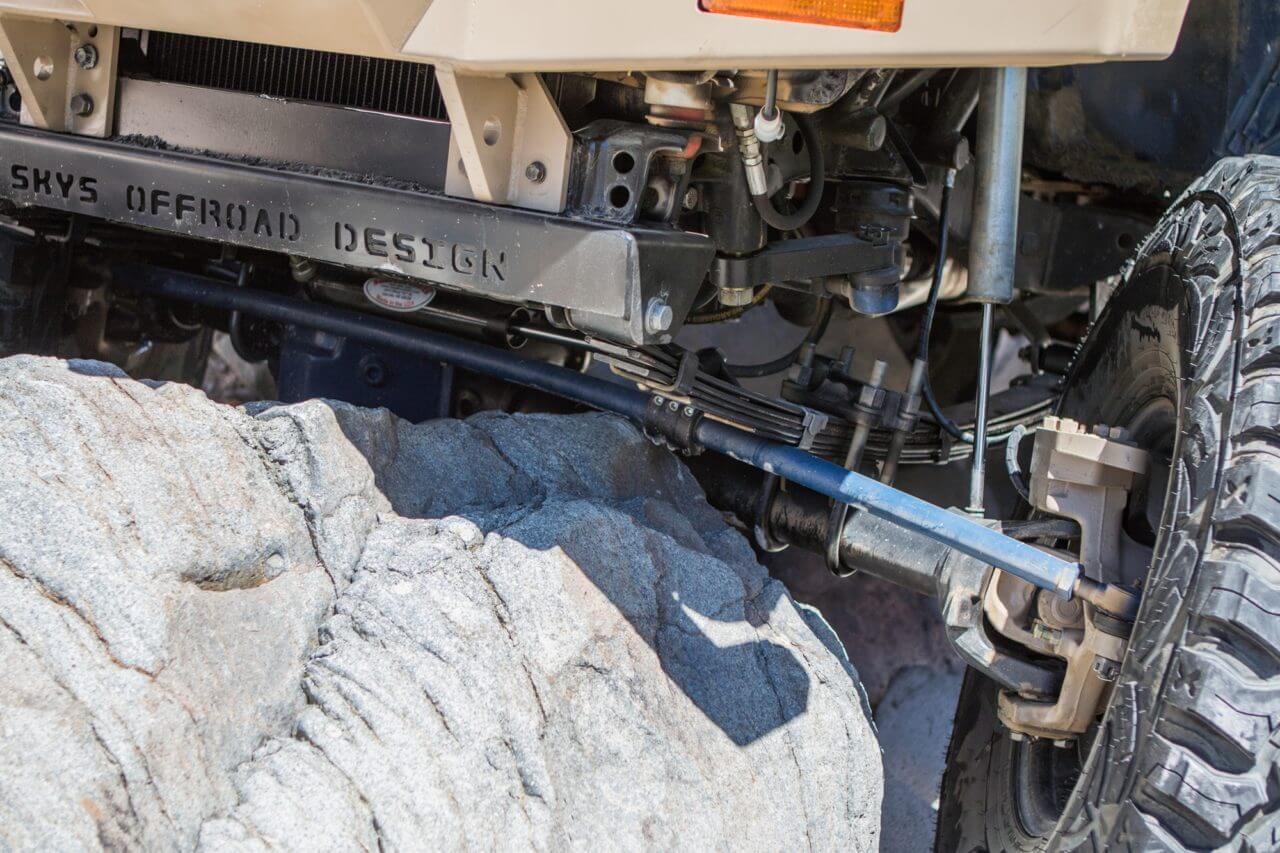
When traversing rocky terrain you want to keep the tires on top of the rocks. Sounds easy? It isn’t when you can’t see three out of the four tires on your vehicle. Look forward on the trail and study the terrain ahead. Your tires should already be placed properly from where you were looking previously if you are doing this right.
7- Don’t Straddle Obstacles
When you are traveling down the highway and there is a rock in the road, you probably swerve to avoid hitting it with your tires. On the trail though, you actually want to aim for the rocks. Putting your tires on top of obstacles ensures that they do not damage your undercarriage or catch on the differentials and halt forward progress. If you try to play peek-a-boo with the rocks you will lose.
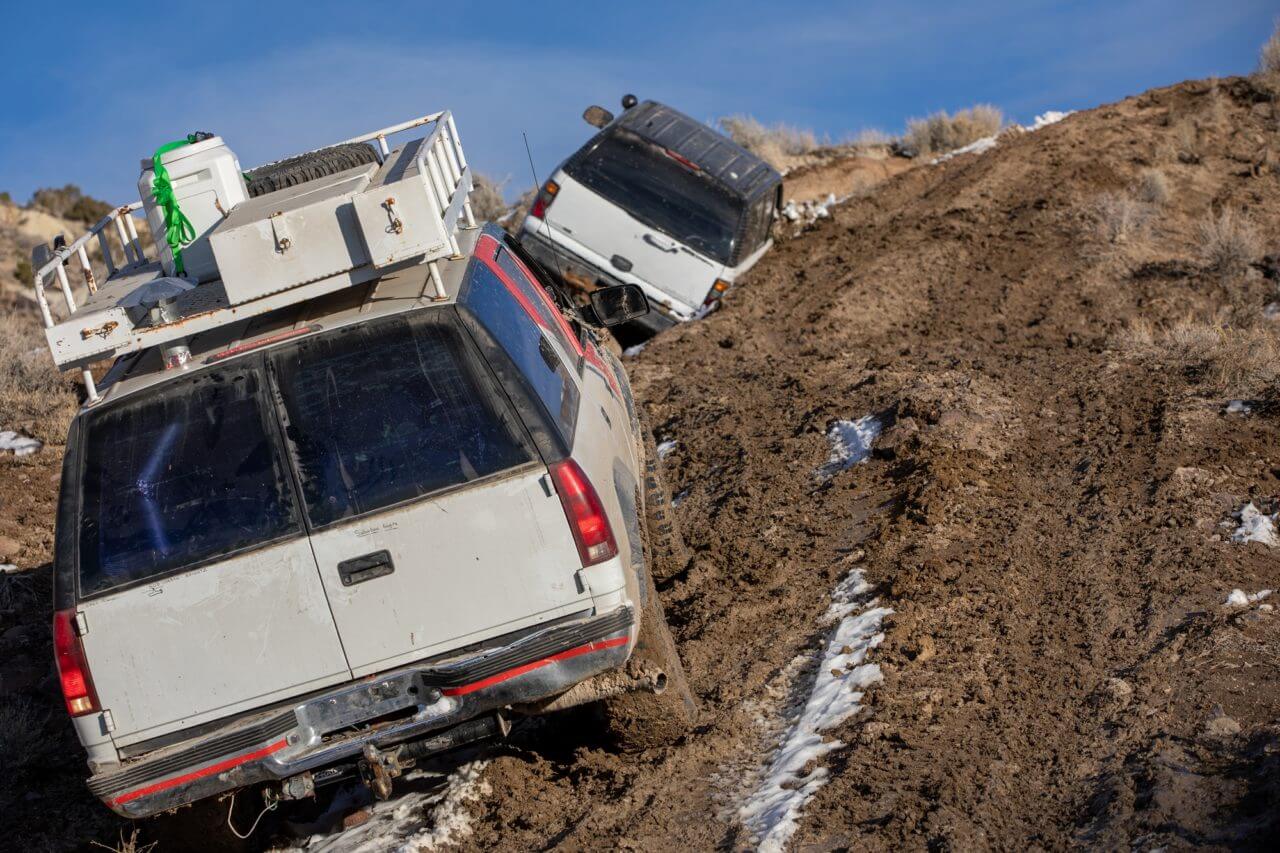
There is such a thing as too big of a group, but we never recommend wheeling alone. We find the magic number to be about five vehicles in a group. Many more than that can greatly increase the time it takes to get anywhere, and less than that means that you don’t have as many people to share stories with around the campfire.
8- Don’t Go Alone
Wheeling alone is something we are guilty of doing ourselves. Sometimes it is no big deal, but we have spent time hours out on the trail in situations where a simple tug from another vehicle would have had us moving again in a matter of minutes. Plus, going with your friends is more fun anyway, and you will have someone to vouch for the story of how you climbed that big, gnarly obstacle without spinning a tire.
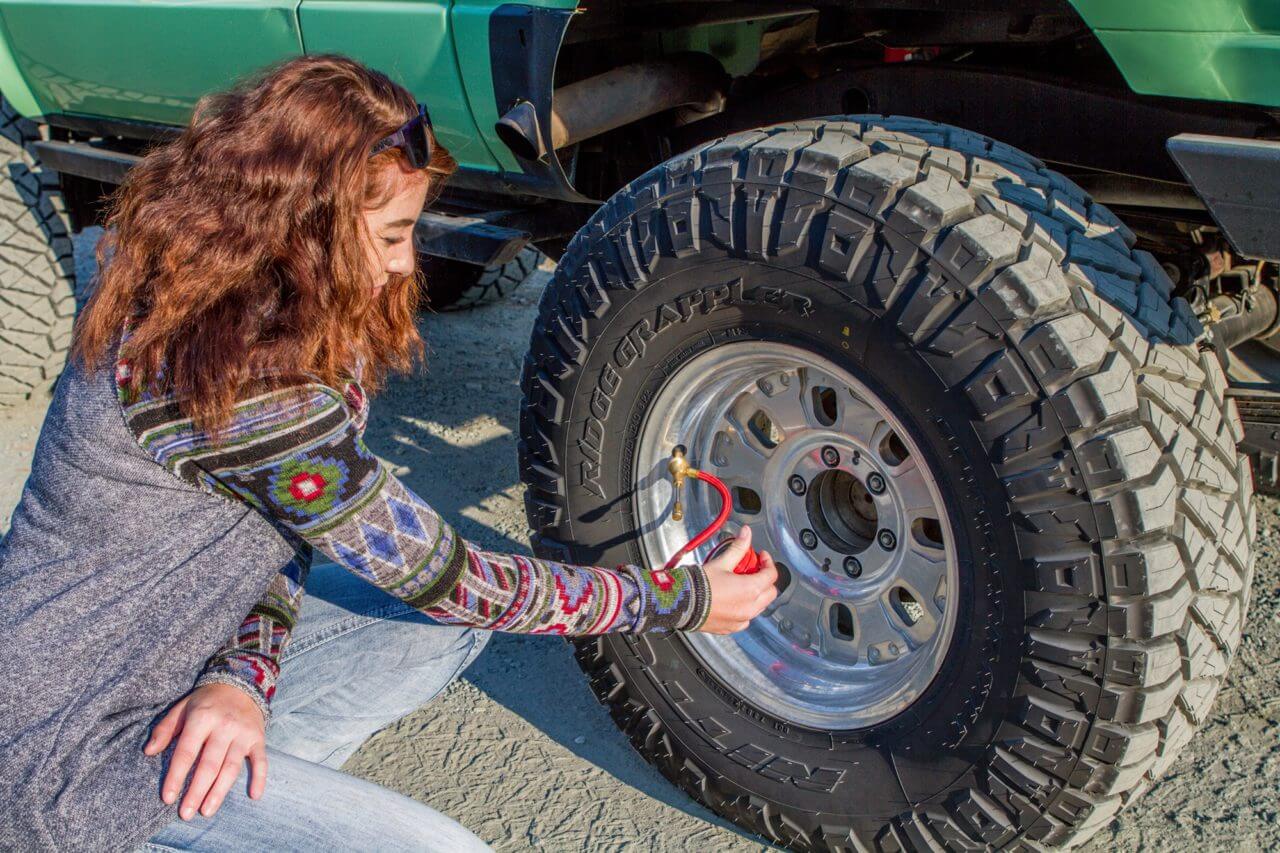
4Wheel Parts carries a variety of tools that allow you to air your tires down quickly, like the Teraflex EZ-Deflator. Don’t forget an air source to reinflate them when you get back to the pavement. Driving at a high rate of speed on under-inflated tires can cause them to heat up and delaminate.
9- Air Down Your Tires
The biggest bang for the buck in off-road prowess is lowering your air pressure to allow your tires to conform to the terrain. By “air down” we are talking in the 12-18 psi range for most vehicles without beadlock wheels. This smooths the ride of your vehicle and puts more rubber on the ground. The exact pressure you want to run will depend on your vehicle weight, the terrain, rim width relative to tire width, and how stiff the sidewall of your tire is, so some experimenting is necessary.
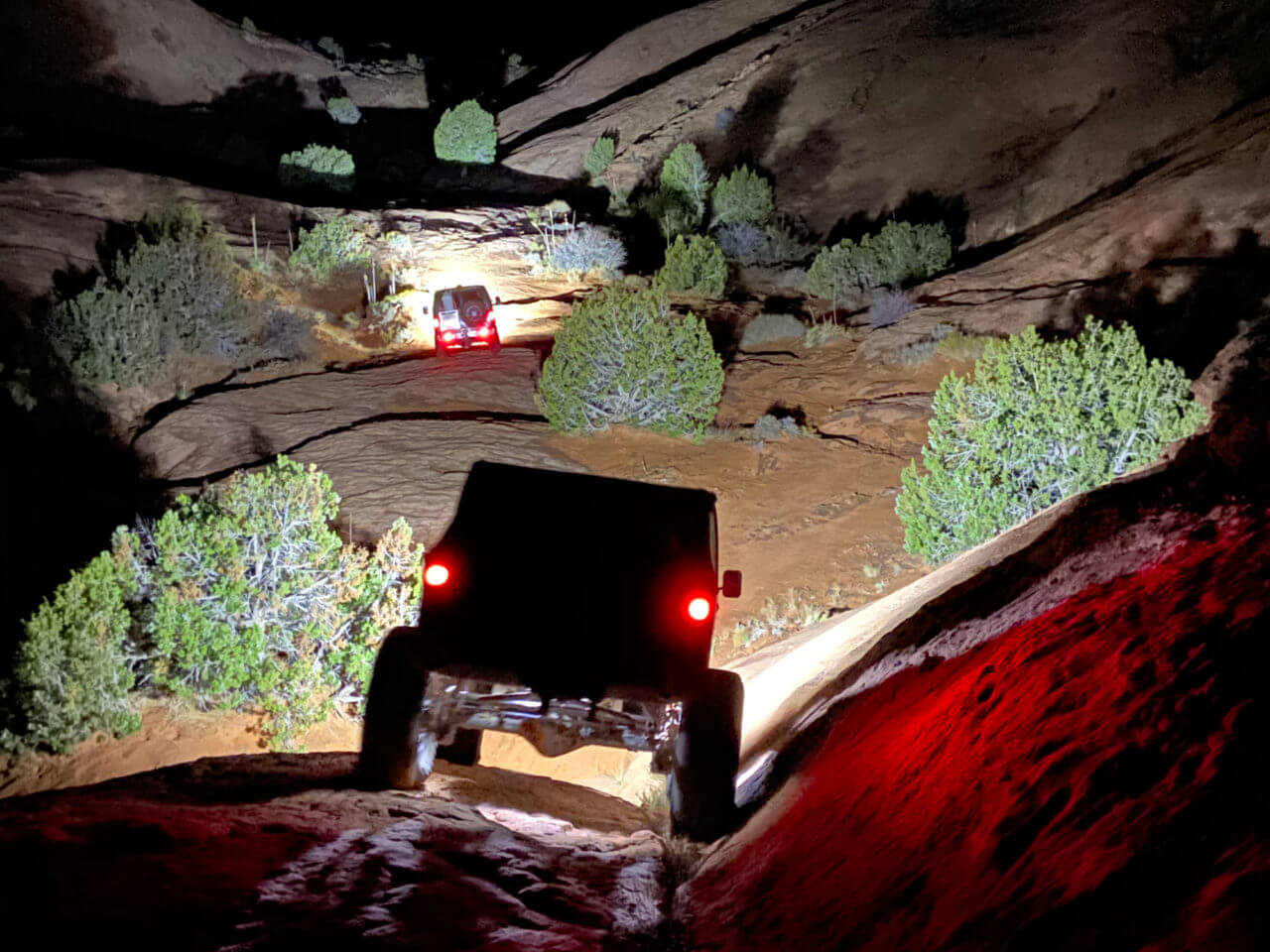
Even if you are only planning to go wheeling for an afternoon, it is smart to bring the items with you that you would need for an overnight trip. Those include a sleeping bag, food, water, and warm clothes. We keep these things in a bag that stays in our rig at all times for those spur-of-the-moment trips.
10- Be Prepared To Spend The Night
Just going out for the afternoon? Yeah, we have done that too in our shorts and flip-flops, only to spend a chilly night on the trail with a broken steering box. The solution isn’t to carry a spare steering box, but have a sleeping bag or space blanket, water, and some food in your vehicle. These items don’t take up much space and can really come in handy, even if you are just hungry without having to spend the night or need something to lay down on when you crawl under your vehicle.



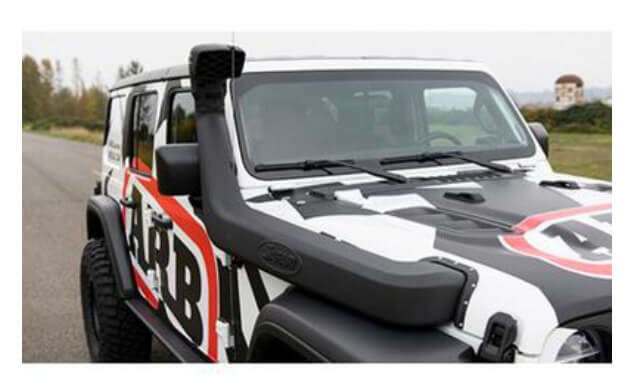
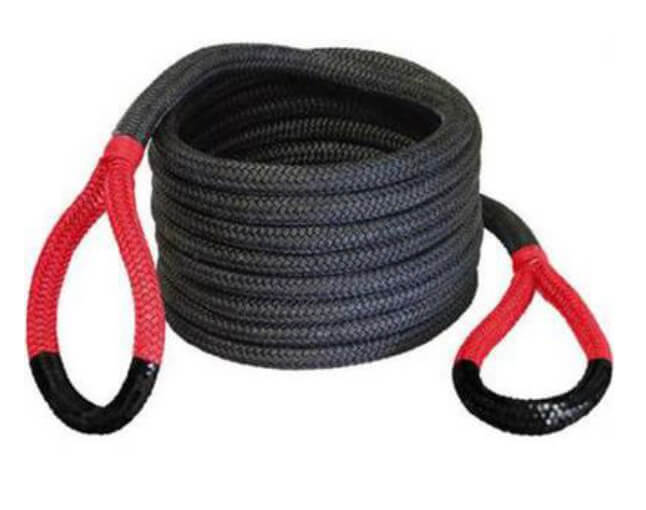
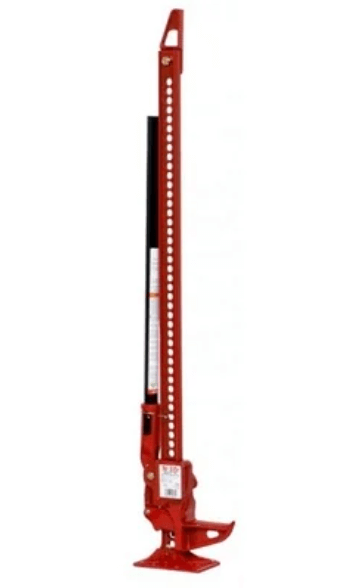
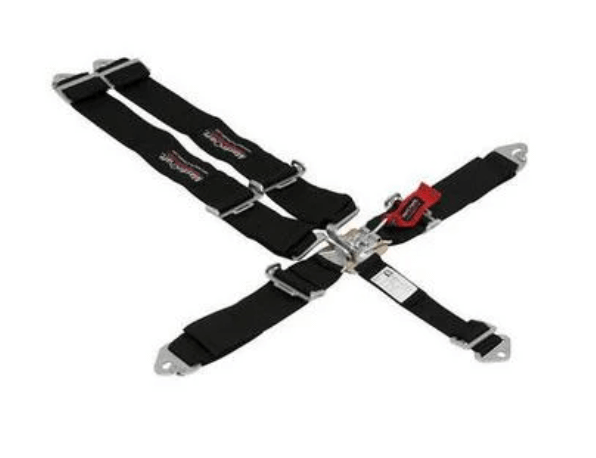
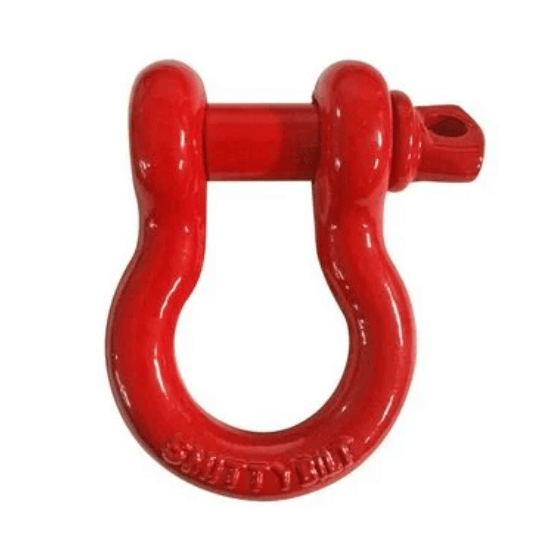
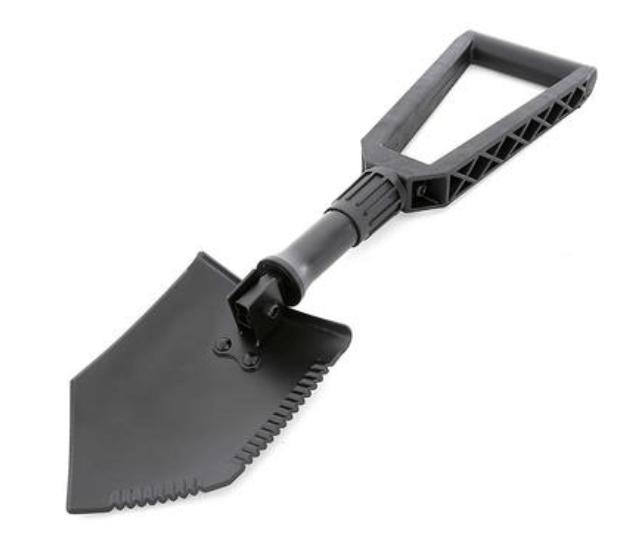
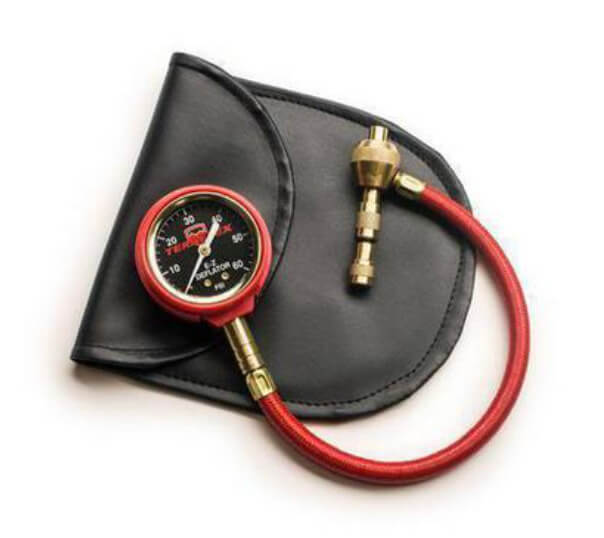
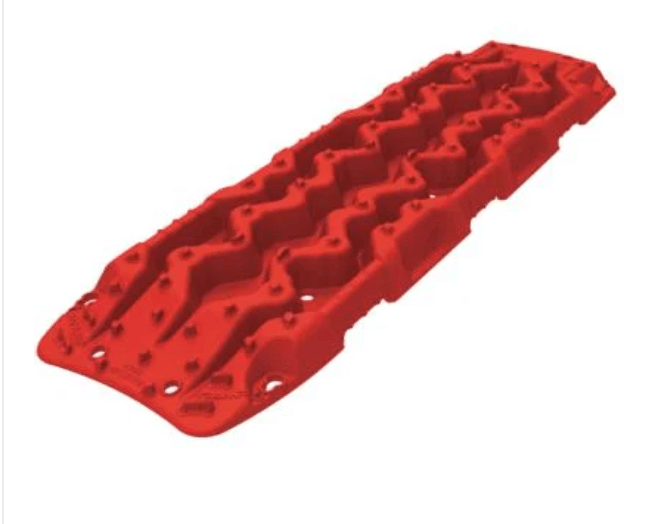
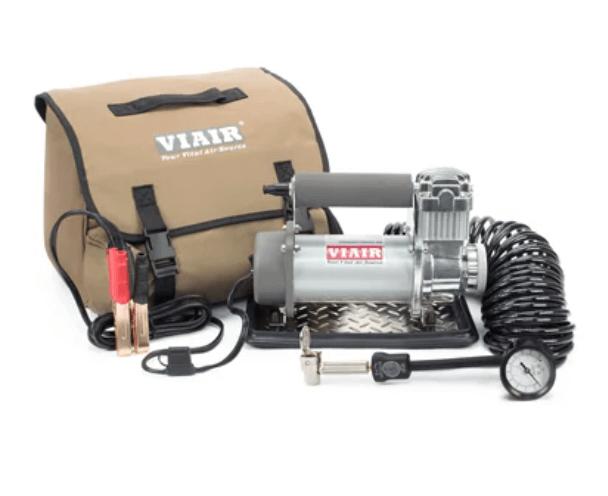
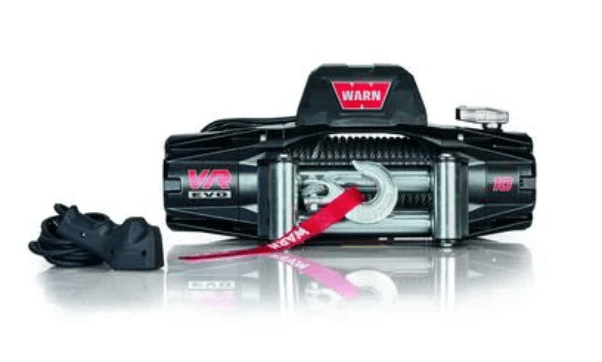
2